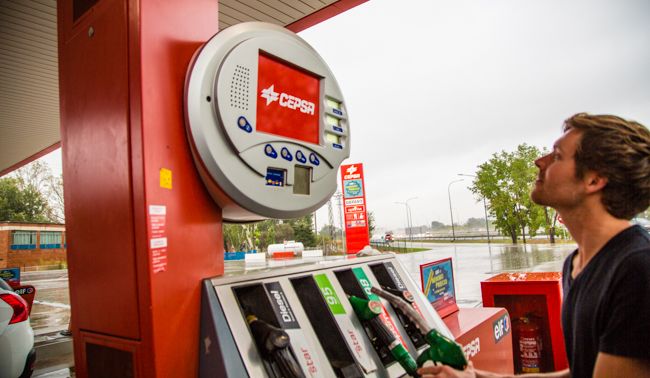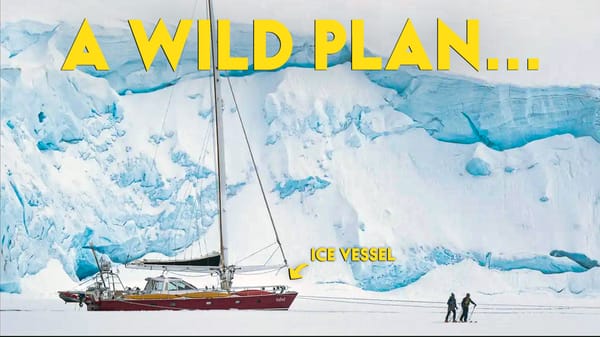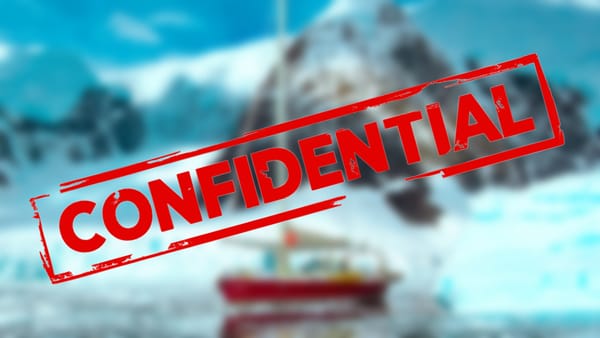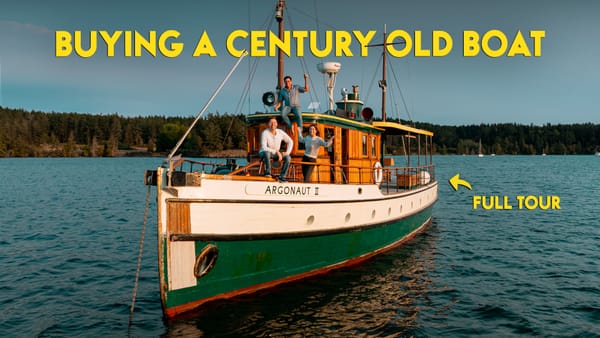Buying Fuel Sucks and RV’s Suck Fuel

There’s nothing worse than riding the fuel price rollercoaster when your on a road trip in an RV, buying fuel sucks and RV’s suck a lot of fuel! However, not traveling because of fuel prices is a cockamamie excuse for not traveling. So here we tackle one of our top questions: How Much Does it Cost to Fill up That RV?
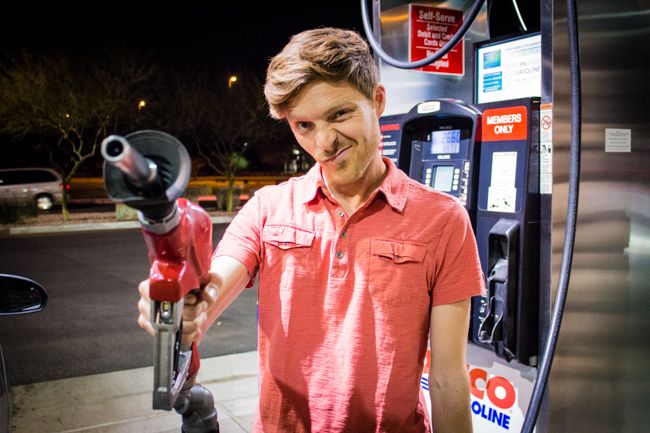
Let’s face it…if you are willing to make drastic changes to your travel plans or not go somewhere because of fuel prices, you didn’t really want to go in the first place. I’m sure that sounds harsh, but let’s look at the numbers: On a 1000 mile trip at 10mpg you would use 100 gallons of fuel. If prices shot up from $3 a gallon to $4 that’s only $100 extra. Is that really going to make or break your trip? So let’s ditch the excuses and talk about how to soften the blow. Here are our tips for saving fuel and improving your MPG.
Don’t rush and avoid interstates! Go easy on the accelerator. Interstates are typically 70+ mph and at that speed you burn fuel like crazy. In general each 5 mph you drive over 60 mph costs you anywhere from 7 – 23%. Plus, back roads and small towns are the heart beat of every country, so don’t blow by them on the interstate! Travel is equally as much about the journey as it is the destination.
Get rid of junk, you can’t afford the weight. For every extra 250lb’s of stuff you’re carrying you lose 1-2%. Same goes for fluid in your tanks, don’t drive with a full grey tank or black tank, and if you’re only driving for 1-2 days there’s no need to fill your freshwater to the max. If you’re wondering: 1 gallon of water weighs approximately 8 pounds.
Stay tuned. A well tuned engine is up to 10% more efficient, properly inflated tires are up to 25% more efficient, good spark plugs are up to 12% more efficient and a clean air filter is up to 20% more efficient. That tune up just paid for itself!
Don’t idle! Do you know how many miles per gallon you get waiting in line or while you’re in the store?…Zero, so turn it off if you’re going to sit longer than 30-60 seconds!
Fuel up when it’s cool. At the pump you’re charged by volume; fuel is most dense at cooler temperatures and fuel pumps measure volumes of fuel, not densities of fuel. Filling up in the early AM is always better than filling up mid-day (unless it’s one of those crazy weather days).
The world wide interweb is your friend. There’s tons of information out there for FREE! Fuel apps such as gas buddy help guide you to the least expensive fuel station. Plus, there are new studies and information out all the time, use search terms like how to increase mpg and check sites like fueleconomy.gov and advance auto parts.

